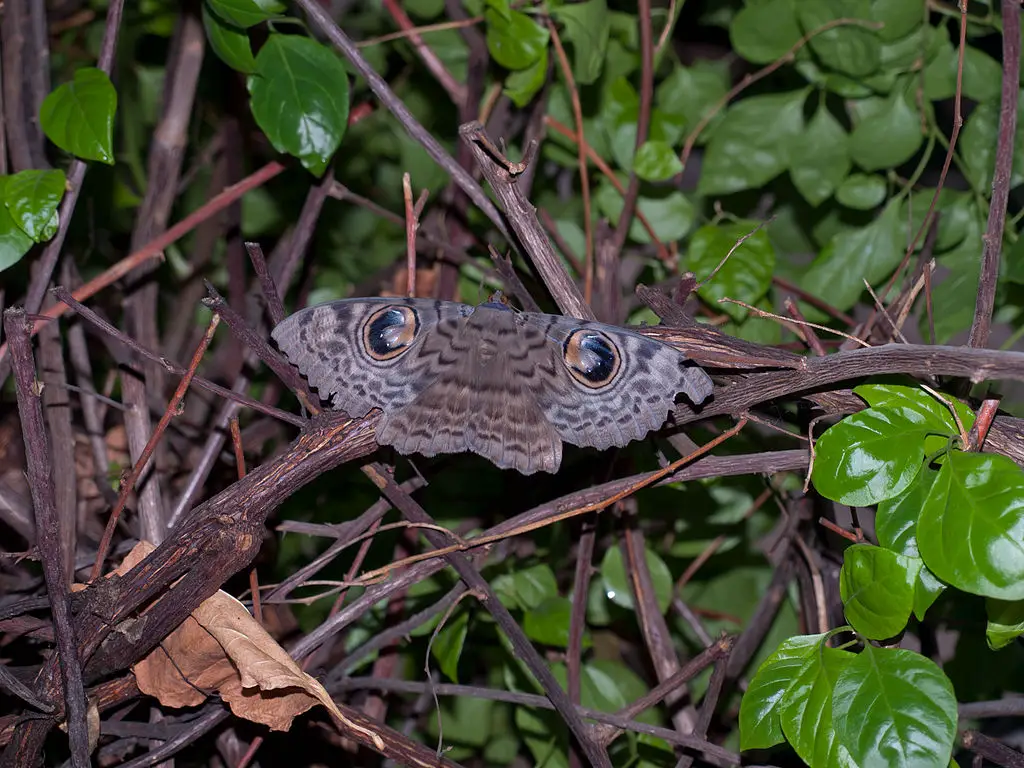Mimicry refers to the occurrence where the species mimic each other or other objects in their surroundings.
Mimicry is a complex occurrence since it takes different forms. Some organisms mimic objects until they are almost comparable to inanimate objects. Mimicry has several uses for the different species given that some choose to mimic in order to prey. Others also mimic to avoid detection by other animals.
Mimicry in animals explained
There are some species like insects that use mimicry as their defense so that their predators will not detect or enjoy them as food because they are toxic to be eaten. This kind of defense being used by some animals comes handy if their predators are well aware of their ugly taste. In most cases, this form of mimicry turns species in bright colored species and predators associate their colorfulness with ugly taste. Predators, generally, no longer try to eat these species since they are food that is not worthy to be eaten.
But this kind of mimicry cannot stop other predators given that some predators do not associate the bright colored species as distasteful animals.
Mimicry in plants explained
Plants also mimic each others. The classic example of mimicry among plants is the Bee Orchids’ flowers. Plants attract insects to help them with their pollination by offering these insects great tasting food. Bee Orchids indulge in this occurrence, too, but what they offer are not great tasting treats for the insects.
Bee Orchids instead copy the female bees’ behavior. The female bees attract male bees by offering them food which male bees think are great tasting food. But the food offered by female bees does not taste good. Bee orchids also do the same to insects and lure these insects to help them pollinate. In some cases, the bee orchids go as far as releasing sex hormones to attract their male counterparts.










